PRODUCTS

Add:No. 58 Fangbei Rd, Shijiazhuang 050011, Hebei province, China
Tel:+86 311 85319106
+86 13703116356
Fax:+86 311 68090963
Mail:hbkctc@sina.com
How to Tell the Difference Between Cast Iron & Cast Steel
Cast iron and cast steel are both mostly made from iron, and therefore can be nearly indistinguishable in appearance. However, they are distinguishable by their physical properties, such as cast iron being more vulnerable to corrosion
The cast iron process starts with iron ore or recycled iron being melted in a furnace ranging from 2,600 to 2,800 degrees Fahrenheit. After it is melted, the iron is poured into specifically designed molds. The cast steel process involves the removal of carbon from smelted iron. The carbon is replaced by elements like silicon and manganese, which leads to an alloy with a carbon content below 1 percent.The result is a high-tensile and compressive-strength alloy.
Because cast iron is cheap, durable and can be easily molded into countless shapes, Cast steel can be used to make many of the same products, but it is often chosen when one needs a stronger or more durable option -- as its formulation can be adjusted accordingly. Additionally, steel can be forged into an even stronger material. Forged steel has been used to make swords.
When cast iron is properly protected from expose and deterioration, it can be a highly useful and robust material. However, exposure to moisture and air will cause it to rust. In the presence of acid rain or sea water, cast iron can go through a process called graphitization, in which iron is removed form the cast iron, but the carbon stays in place. This results in a weaker piece. In comparison to cast iron, steel has poorer wear resistance and mobility. It is also more expensive to make.

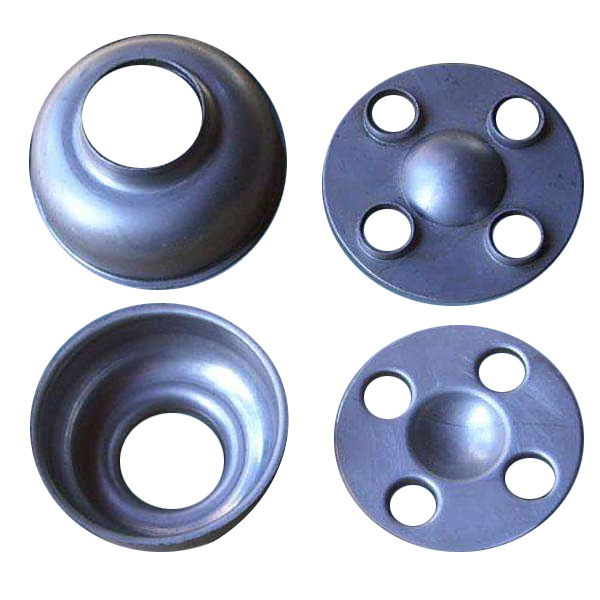
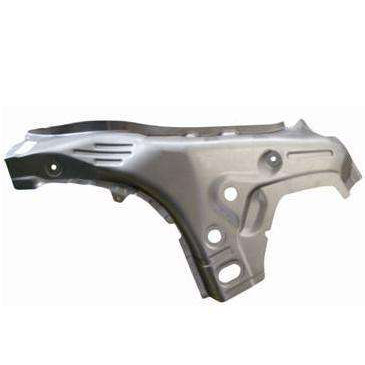
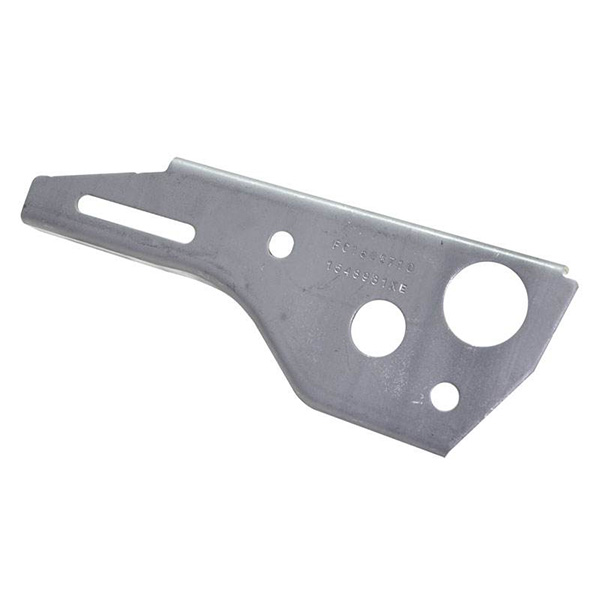
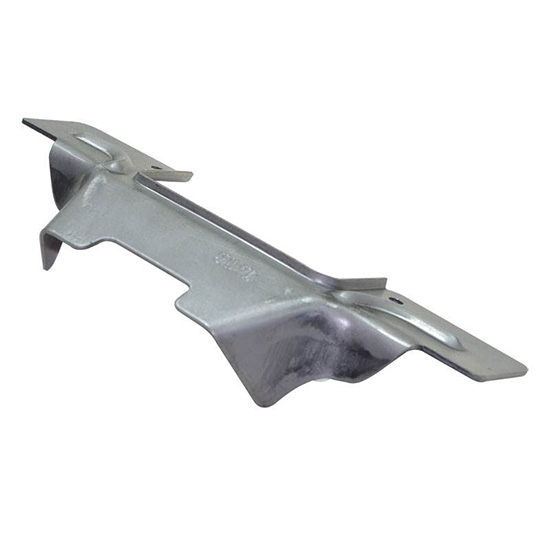
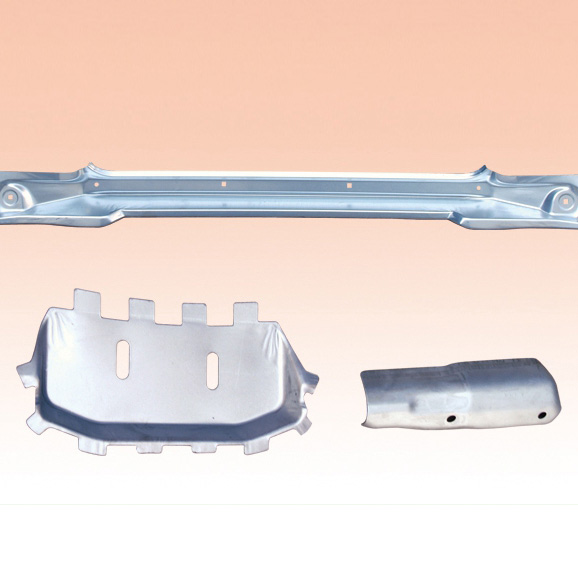
 Add:No. 58 Fangbei Rd, Shijiazhuang
050011, Hebei province, China
Add:No. 58 Fangbei Rd, Shijiazhuang
050011, Hebei province, China Tel: +86 311 85319106
Tel: +86 311 85319106  Mail:
Mail: